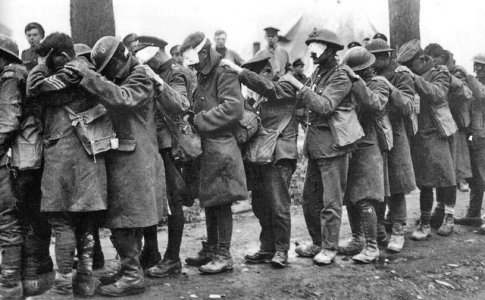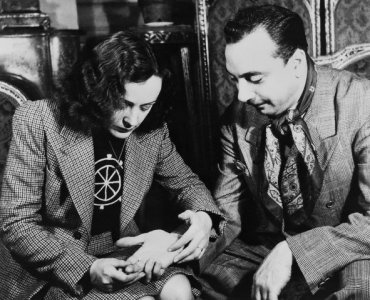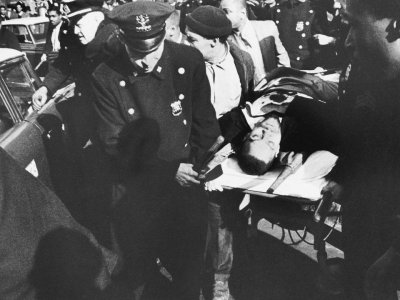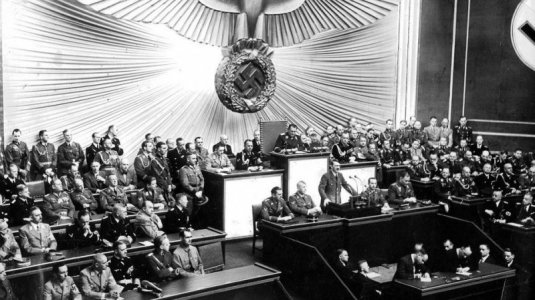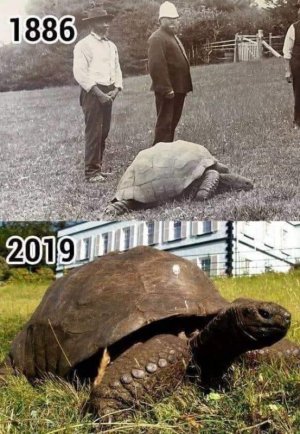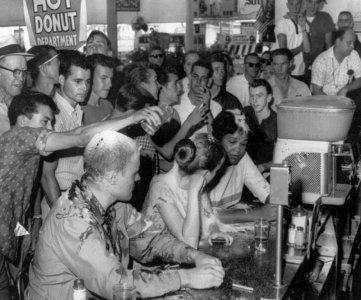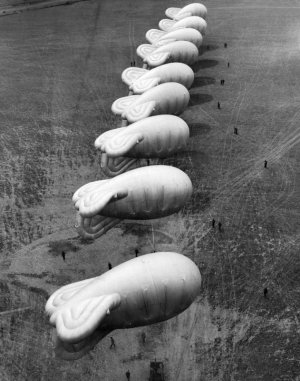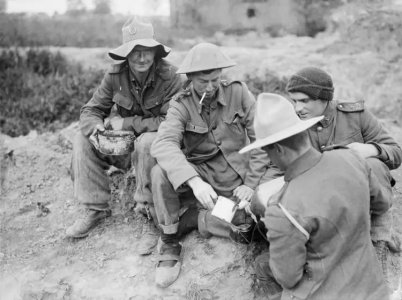You are using an out of date browser. It may not display this or other websites correctly.
You should upgrade or use an alternative browser.
You should upgrade or use an alternative browser.
History, anything goes, including pictures
- Thread starter mellowyellow
- Start date
Pappy
Living the Dream
Pappy
Living the Dream
jakbird
New Member
- Location
- Lincoln, Nebraska
Washington D.C. would be a ghost town....
mellowyellow
Well-known Member
RadishRose
SF VIP
- Location
- Connecticut, USA
Lewis Powell a.k.a. Lewis Payne in custody 1865
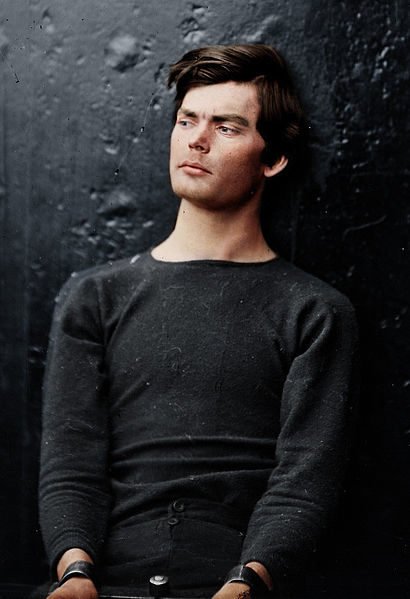
Stabbed Secretary of State William Seward the night President Lincoln was shot. Seward survived.
https://en.wikipedia.org/wiki/Lewis_Powell_(conspirator)

Stabbed Secretary of State William Seward the night President Lincoln was shot. Seward survived.
https://en.wikipedia.org/wiki/Lewis_Powell_(conspirator)
RadishRose
SF VIP
- Location
- Connecticut, USA
14th Dalai Lama, at his enthronement ceremony, February 22, 1940 in Lhasa, age 2.


RadishRose
SF VIP
- Location
- Connecticut, USA
Police News 24 March 1877

mellowyellow
Well-known Member
Capt Lightning
Well-known Member
- Location
- Historic Buchan, Scotland
Once upon a time, Britain had railways. Most towns and larger villages had a train station and visiting the seaside was a popular occupation.
Now the railways have largely been closed, but in many places the "permanent way" still exists as a footpath / cycle way.
Here are old and new pictures of Scotstown, Banff. The railway continued to the beach and now, a caravan park.
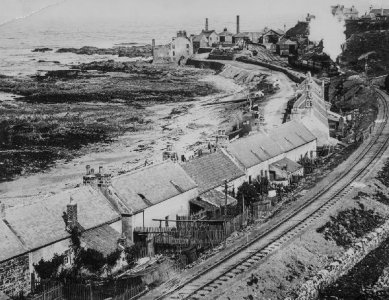
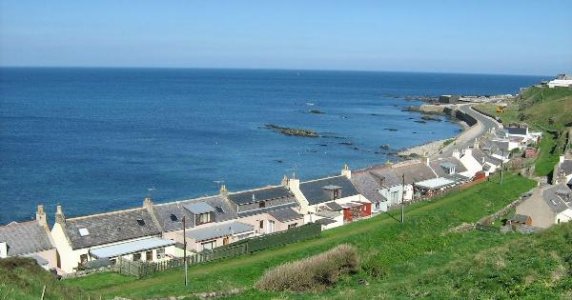
Now the railways have largely been closed, but in many places the "permanent way" still exists as a footpath / cycle way.
Here are old and new pictures of Scotstown, Banff. The railway continued to the beach and now, a caravan park.


mellowyellow
Well-known Member
Pappy
Living the Dream
mellowyellow
Well-known Member
“The bathing machine was a device, popular in the 19th century, to allow people to wade in the ocean at beaches without violating Victorian notions of modesty. Bathing machines were roofed and walled wooden carts rolled into the sea. Some had solid wooden walls; others had canvas walls over a wooden frame.”
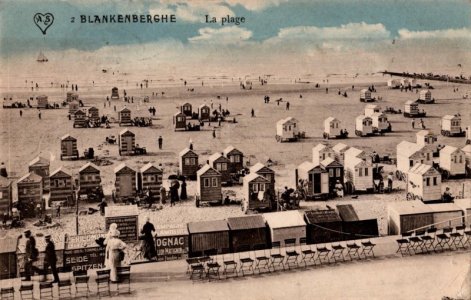

Pappy
Living the Dream
RadishRose
SF VIP
- Location
- Connecticut, USA
Doesn't look a day over 90.Jonathan is the oldest known living terrestrial animal in the world. He came to life in 1832 and is currently 187 years old. He has lived through WW1 and WW2, the Russian Revolution, seven monarchs on the British throne, and 39 US presidents.
View attachment 210606
mellowyellow
Well-known Member
Pappy
Living the Dream
mellowyellow
Well-known Member
mellowyellow
Well-known Member
mellowyellow
Well-known Member
JonSR77
Senior Member
Drunken History...
10,000 year old beer...
Even so, beer brewing did not originate with the Romans but began thousands of years earlier. The Chinese brewed a type of beer but the product which became the most popular is credited to the Sumerians of Mesopotamia and most likely began over 10,000 years ago. The site known as Godin Tepe (in modern-day Iran) has provided evidence of beer brewing c. 3500 while sites excavated in Sumer suggest an even earlier date based on ceramics considered the remains of beer jugs and residue found in other ancient containers. Even so, the date of c. 4000 BCE is usually given for the creation of beer.
(and they had 30 different varieties)
https://www.worldhistory.org/article/223/beer-in-the-ancient-world/
10,000 year old beer...
Even so, beer brewing did not originate with the Romans but began thousands of years earlier. The Chinese brewed a type of beer but the product which became the most popular is credited to the Sumerians of Mesopotamia and most likely began over 10,000 years ago. The site known as Godin Tepe (in modern-day Iran) has provided evidence of beer brewing c. 3500 while sites excavated in Sumer suggest an even earlier date based on ceramics considered the remains of beer jugs and residue found in other ancient containers. Even so, the date of c. 4000 BCE is usually given for the creation of beer.
(and they had 30 different varieties)
https://www.worldhistory.org/article/223/beer-in-the-ancient-world/


